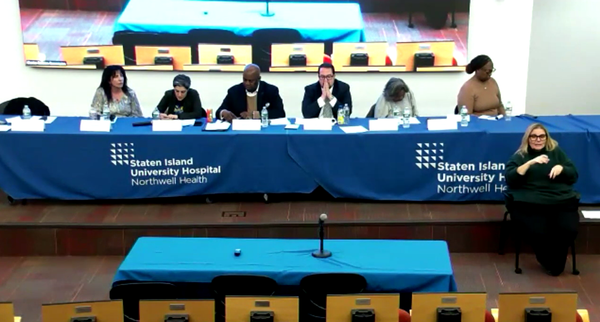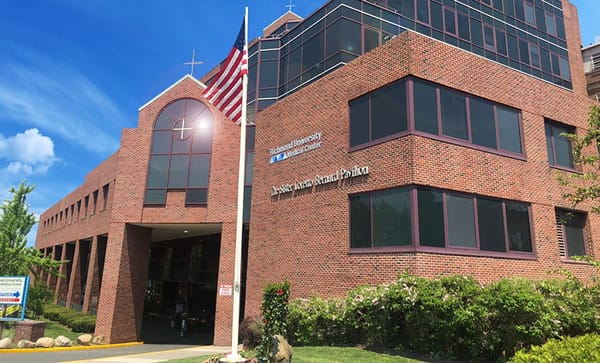Sandy Ground and the Continued Gentrification of Staten Island's Communities of Color
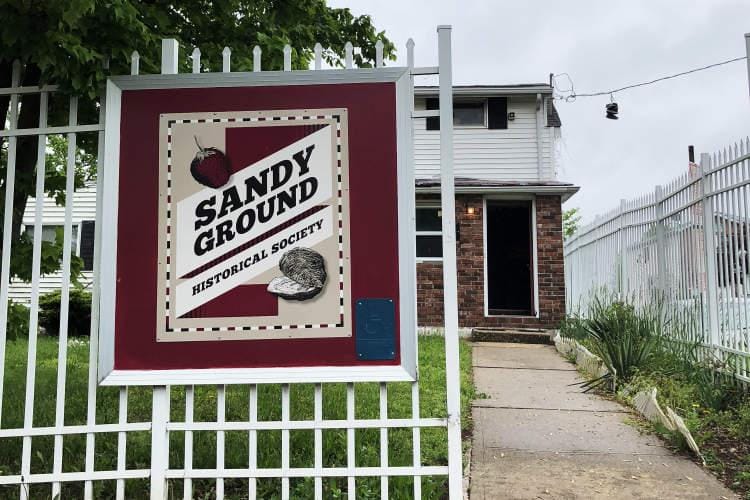
On August 1, a relatively new Young Leaders of Staten Island (YLSI) led the first annual “Path of Liberation” march along Staten Island’s former Underground Railroad route, beginning at the often forgotten Sandy Ground Settlement.
“Sandy Ground is the oldest continuously inhabited free black settlement in the United States of America, but needs to be further recognized as such,” said Kevin Walton of YLSI. “Prior to the Path of Liberation march most people on Staten Island did not know about the existence of Sandy Ground, or the rich history and truth that makes it what it is.”
That August march spurred borough-wide calls for NYC civics curricula to include mention of Sandy Ground. Given Sandy Ground’s importance to local – and national – Black History, it’s peculiar that almost no Black people currently live near the settlement.
Prior to New York State’s abolition of slavery in 1827, the largest pockets of Staten Island’s enslaved Black people lived in Stapleton and Sandy Ground, according to Debbie-Ann Paige, Staten Island Public Historian and Professional Genealogist. By 1827 both communities became free Black settlements, but almost 200 years later only Stapleton remains predominantly Black. The changing demographics in Sandy Ground were the buildup of lingering racism following emancipation.
“If you have a lot of people who are enslaved here, when emancipation happens your attitude doesn't necessarily change towards the people,” Paige explained. “You just find a different way to reduce them as close to slavery as possible.”
Racial discrimination made well-paying jobs scarce for Black people across the Island. Lack of meaningful employment was more severe for Black people in Sandy Ground after 1917, following the collapse of the oyster industry – Sandy Ground’s economic backbone. The popularity of redlining policies in the 1960s prevented people in Black neighborhoods from claiming resources like home insurance, which marked the beginning of the end for a Black Sandy Ground.
Because Sandy Ground was a predominantly Black area, it was deemed a “hazardous” area with “practically nothing to recommend it to the outside renter or buyer.” This not only collapsed Sandy Ground’s property value – wiping out home equity – but people in redlined neighborhoods were also effectively barred from getting home loans for necessary tasks like home repairs.
“As your home deteriorates most people use the equity in their home to build it back,” Paige said. “That doesn't happen because of this red line that's drawn across [Sandy Ground].”

Near slave wages and nonexistent home equity led to severe home disrepair for Black residents in Sandy Ground. A 1963 brush fire in the area effectively condemned these homes, finalizing Black flight from the South Shore. Notably, this fire damage opened up cheap property for banks and real estate developers looking to bring white migrants into the area. This property acquisition took place as Black residents were forced to move to the North Shore, or out of Staten Island altogether.
The More Things Change, The More They Stay The Same
The exodus of Black people from Sandy Ground might be familiar to low- and middle-income Black, Indigenous and People of Color (BIPOC) New Yorkers who lived in other boroughs right after the 2008 Financial Crisis. Many watched historically undervalued properties being bought by real estate developers and then renovated for more affluent white transplants. The early 2010s gentrification of New York raised rents in some of the city’s poorest neighborhoods, but it mostly spared Staten Island’s diverse and lower-income North Shore. Over the last five years, however, that has been changing.
Property value across the Island has been going up, but only the North Shore is experiencing a progressive loss of residential spaces. This commercialization of the North Shore has been causing an affordable housing crisis.
“You have people sharing rooms in Port Richmond to be able to make rent,” said 29-year-old born-and-raised Port Richmond visual artist, Jovanny Guerrero. “The main reason for this is because rent is high in marginalized communities.”
Rents throughout the borough have been going up, but nowhere more than on the North Shore where three-bedroom apartments have average rents of $2,800. Somewhat paradoxically, the need for more affordable housing on the North Shore has brought luxury real estate developers to the Island. Projects like Urby, in Stapleton, and Liberty Towers, in St. George have been met with skepticism from Staten Islanders who see them as a sign of new development just for newer residents. Although these luxury developments include some affordable housing units, poorer applicants for these units have the hardest time successfully winning housing lotteries to rent these apartments. This makes affordable housing within luxury housing a false promise to many New Yorkers.
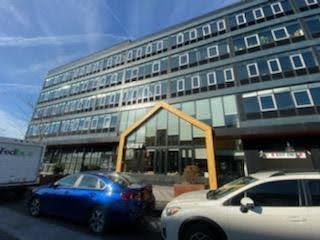
Spreading Gentrification
Many of these new developments have been proposed or built near the ferry terminal to create easy access for those commuting to other boroughs. Four miles west of St. George, the Castleton Housing Project, at 221 Port Richmond Avenue, might indicate that new development is more widespread.
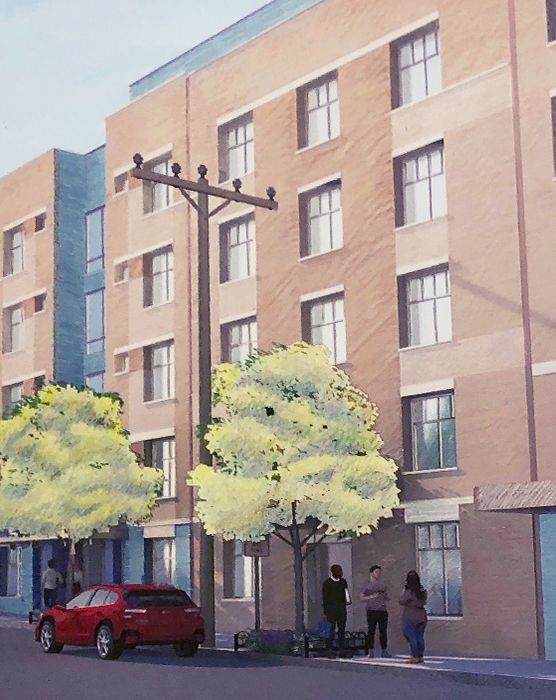
Amie Gross Architects, the architecture firm designing the 48-unit affordable housing project, sees this development as important to solving Port Richmond’s housing crisis.
“Port Richmond has a significant street homeless population and a very low-income workforce,” highlighted Amie Gross, founder and President of Amie Gross Architects. “I think all involved in the development hope that it will make a significant positive impact on the community's housing need.”
Guerrero agrees, acknowledging “there is a homeless population in Port Richmond.” But he added that the neighborhood is distinct in ways that might make it particularly susceptible to displacement by gentrification.
Like most of the North Shore, Port Richmond has a sizable Black population, but it is best known for its large and vibrant Mexican population – some of whom are undocumented. Guerrero noted that the language barrier and purposeful misinformation in the neighborhood might prevent people from recognizing gentrification as it’s happening.
“I attended a conference once about two years ago that was given by Project Hospitality, [where] they were telling these Day Laborers that their property value would go up,” he recounted. “When the community heard that, they were persuaded to think this was good until I started asking questions like, ‘Who in here owns a home?’ [and] ‘Who wants their rent to rise?’”
Though developments like the Castleton Housing Project are supposed to provide affordable housing, they will likely make housing in the surrounding area more expensive. With winter approaching and COVID deterring homeless Islanders from going to shelters, higher rents could force more people out into deadly cold temperatures.
Who is this even for?
In the same way that housing issues for Black people in Sandy Ground almost forecasted an influx of new residents, people on the North Shore are running into new neighbors. Over the last decade, Staten Island’s population has increased with many people settling on the North Shore – which already has over 10,000 more residents than either the South Shore or Mid-Island. Guerrero highlights a shift in migration in Port Richmond from mostly Latin American families to Puerto Rican, Asian-American, and Orthodox Jewish families.
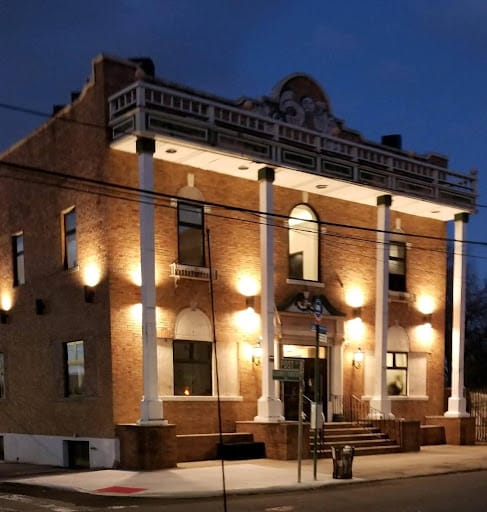
New neighbors aren’t seen as a bad thing by native residents, but many wonder who the new construction is for. Guerrero thinks that the Castleton Housing Project, for example, “will only be housing a new, outer class that moves to Port Richmond.” Infrastructure like a community garden, better homeless shelters, or even a rehab center for undocumented immigrants are all things he wishes would be built instead.
Further west, in Mariners Harbor, community gardens are currently being cultivated. There have also been more vocal calls from local activists for better injections of public funding into North Shore communities. These are all initiatives that might shield the broader community from gentrification. They also demonstrate a type of modern agency that was denied to those living in Sandy Ground. The gentrification of the North Shore has already started, and it likely won’t stop. Maybe, however, investment and advocacy from the community can prevent the same outcome that made Sandy Ground the heart of Staten Island’s Great Migration.
If you liked this piece and want to see more like it, please click here.


